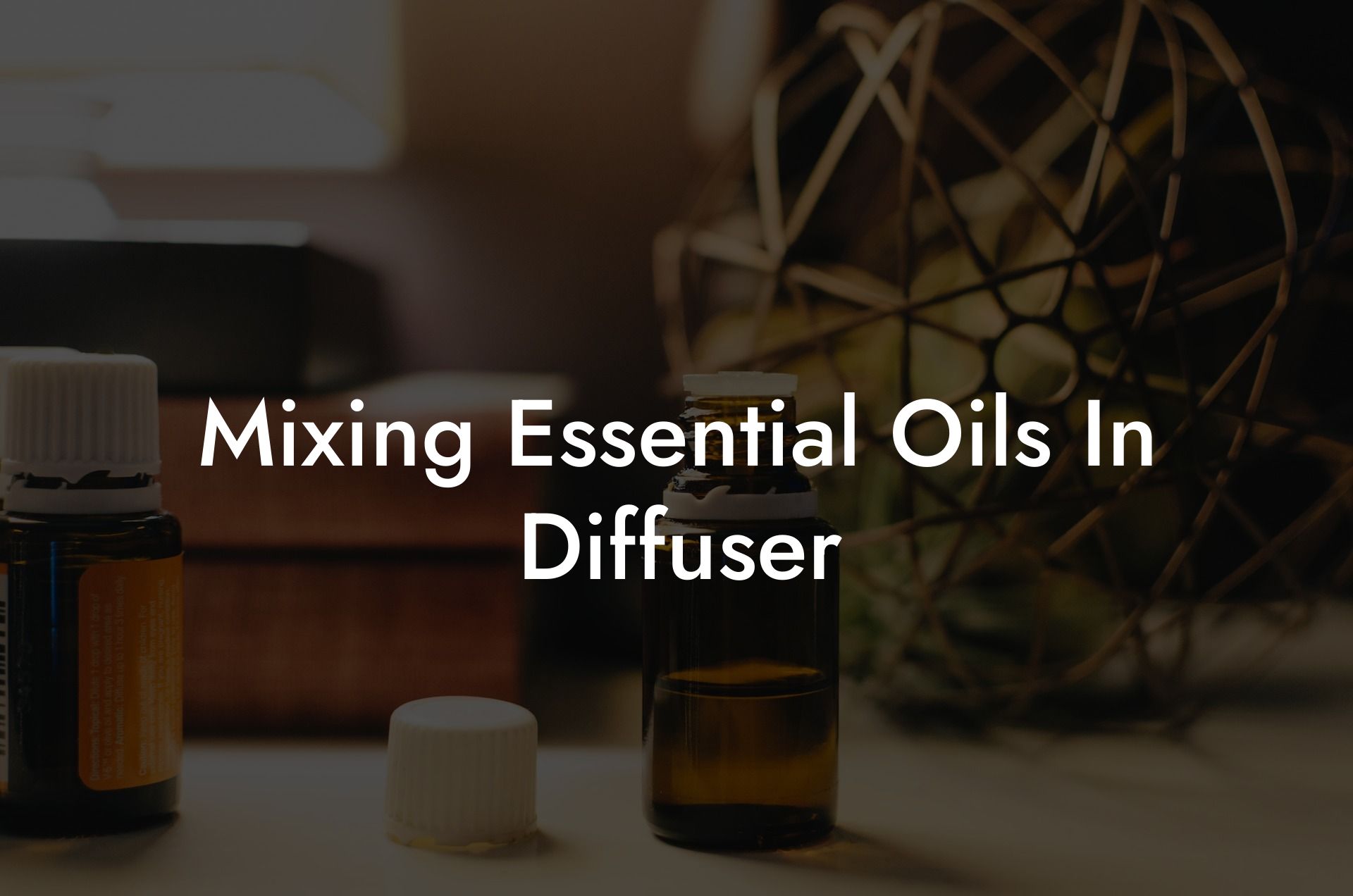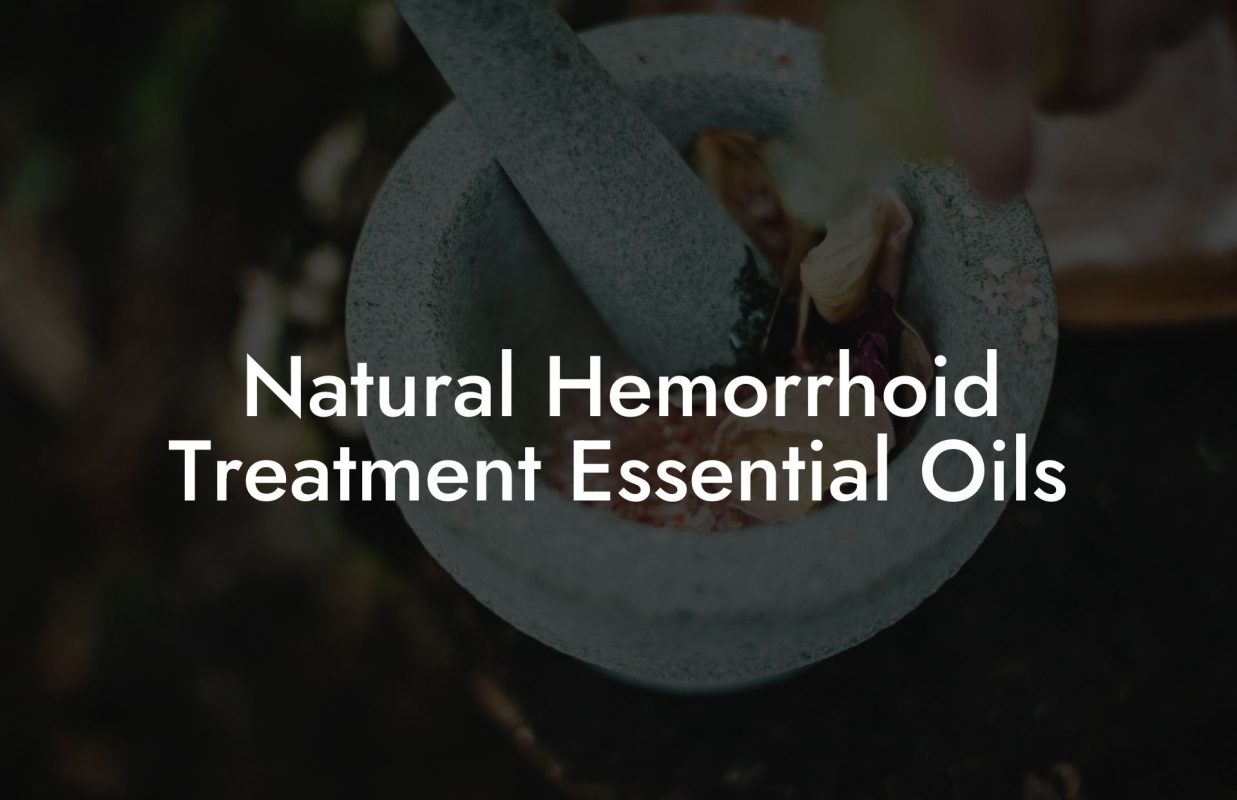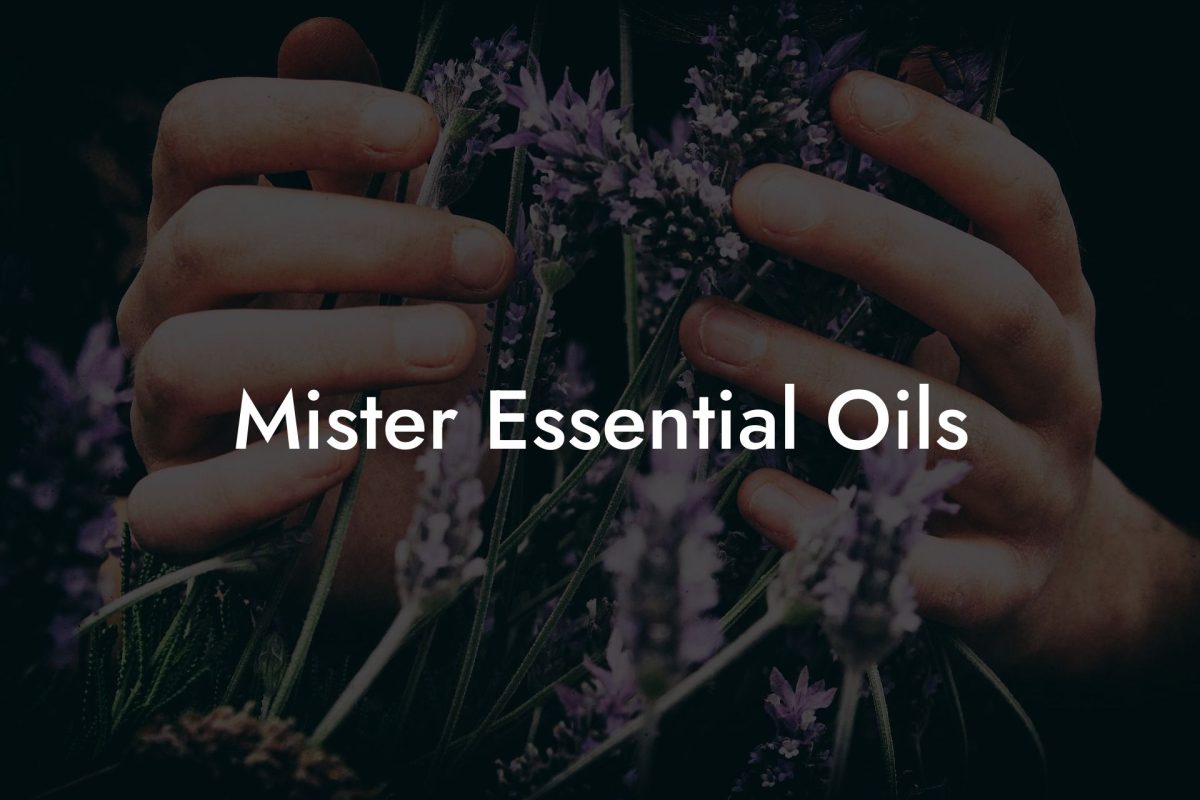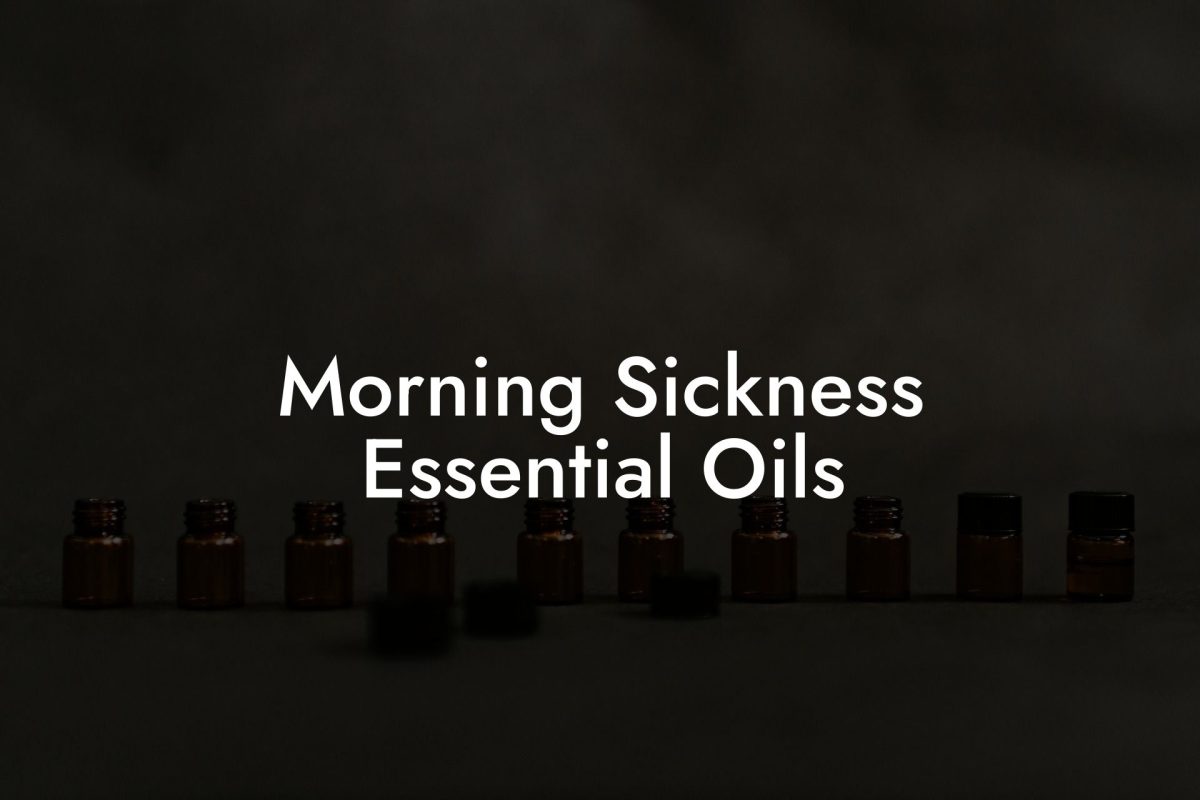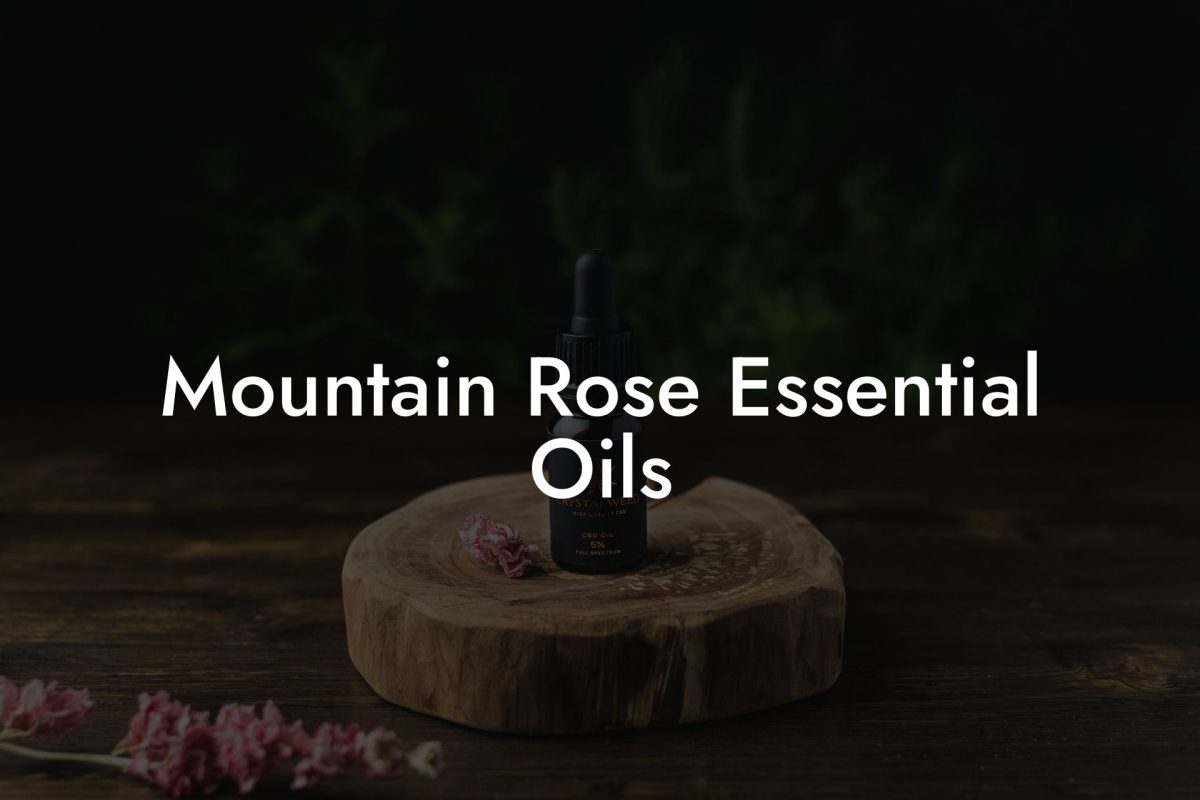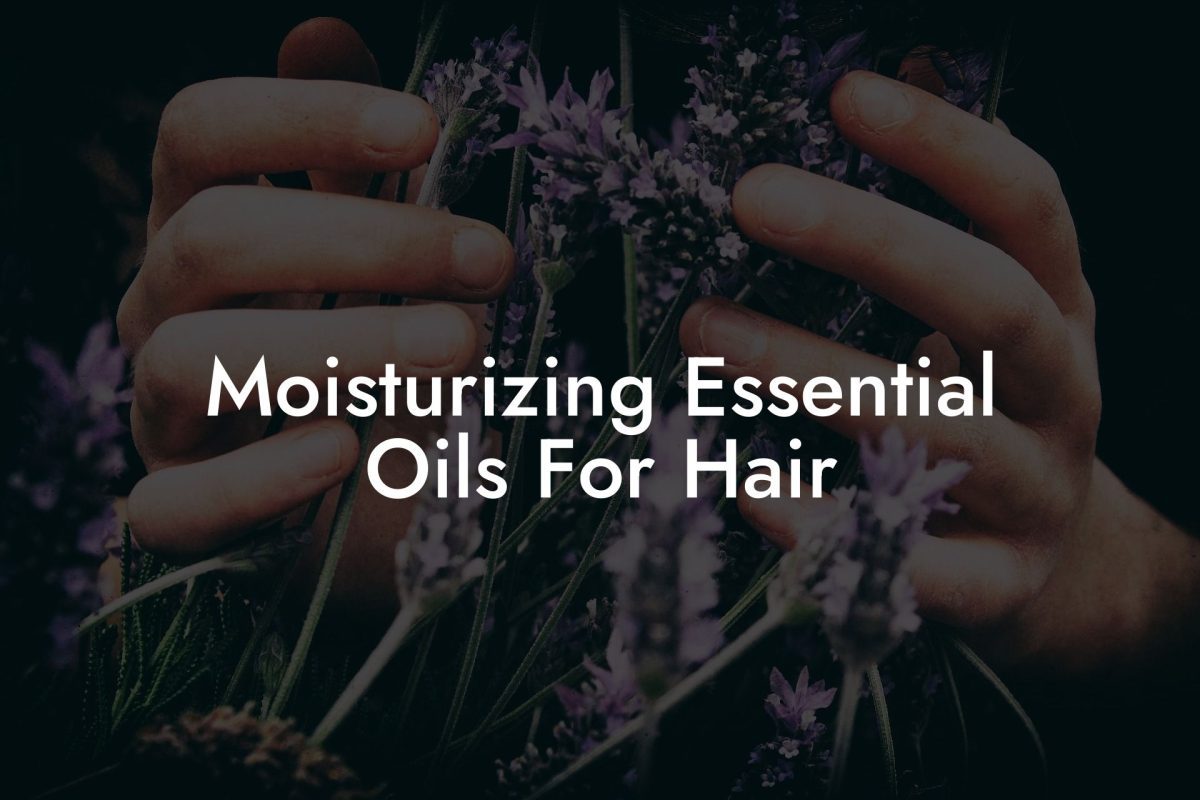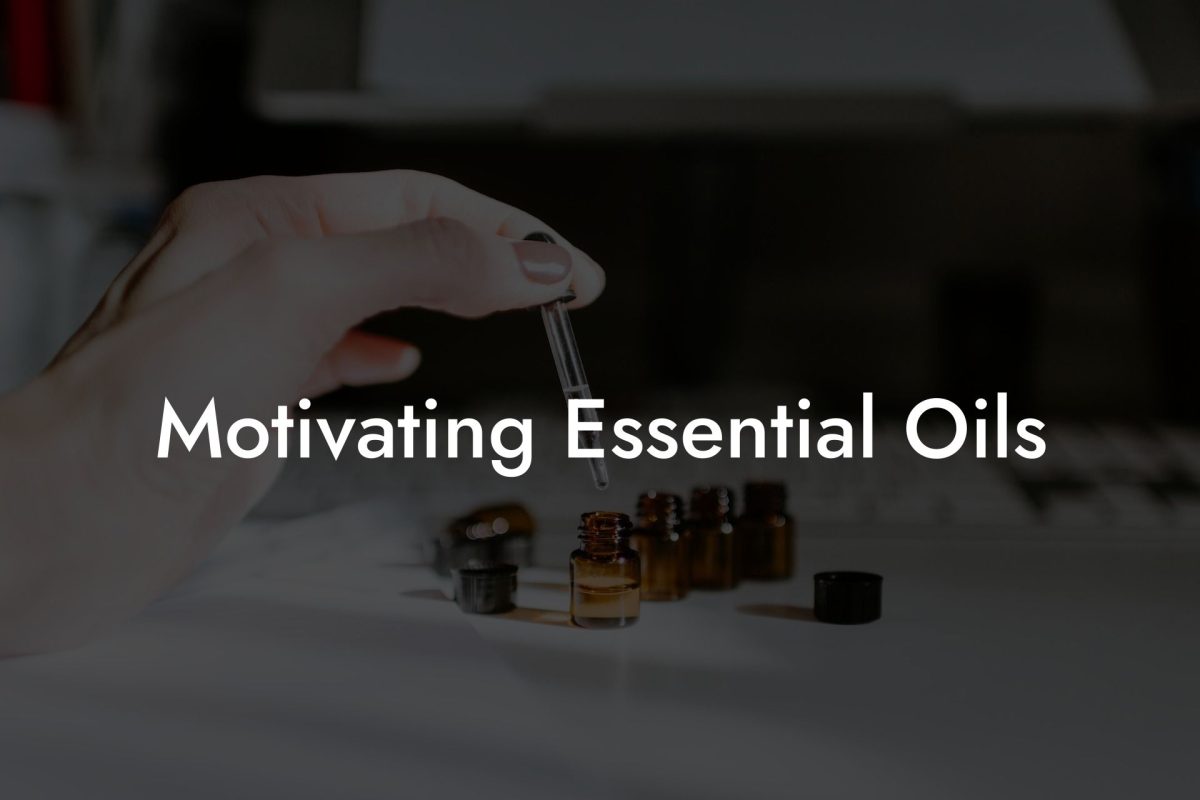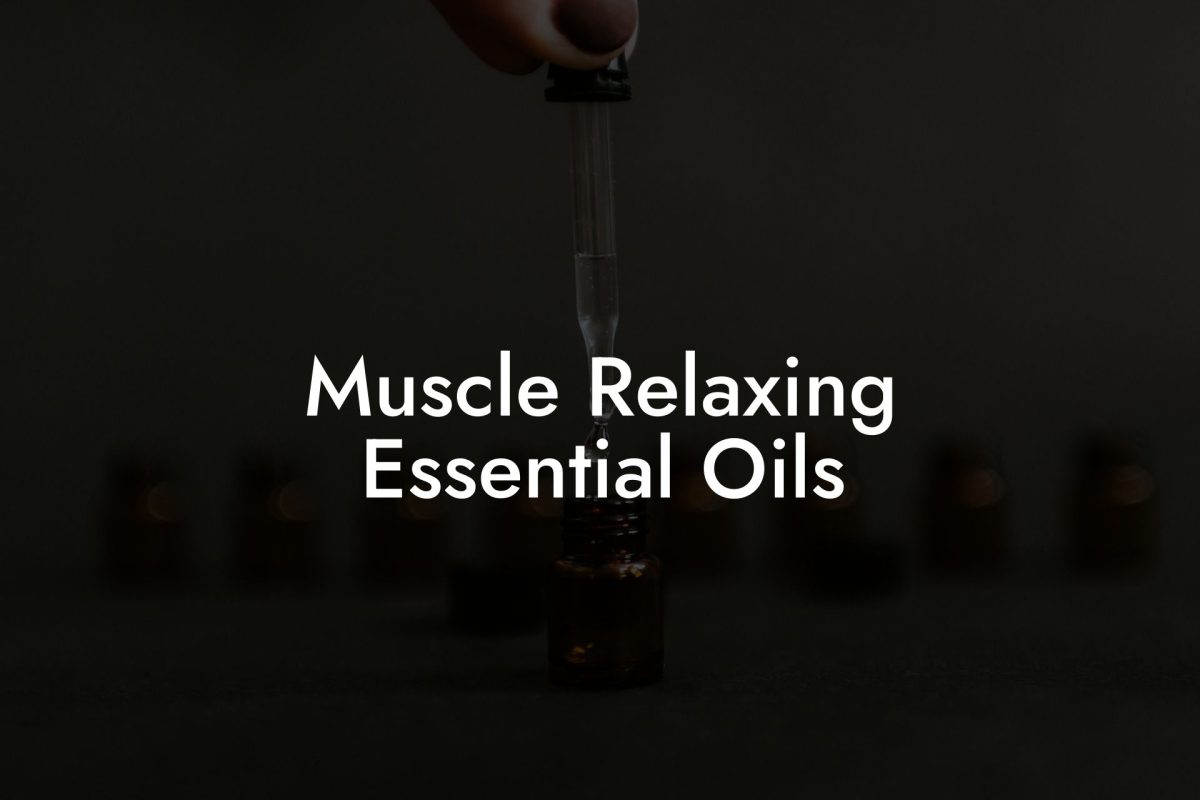Ever wandered into a room and found yourself enveloped in the calming aroma of essential oils? Chances are, you’ve experienced the blissful impact of a diffuser in action. Mixing essential oils in a diffuser is an art form, one that can transform your space and elevate your mood. In this guide, we’ll walk you through the process of choosing the perfect essential oil blend, the steps to properly and safely mix them, and finally, experiencing the full benefits of their synergistic effects.
Table of Contents
Choosing Your Essential Oils
Not all essential oils are created equally, and choosing the best ones for your needs is crucial in maximizing their benefits. Keep these factors in mind:
- Purpose: Identify the desired effect that you’d like your essential oil blend to have. Whether it’s relaxation, mental focus, or energy, there are a plethora of oils to choose from.
- Quality: Invest in high-quality, pure essential oils instead of synthetic versions. Oshu Oils proudly produces Artisan Essential Earth Oils that have been carefully crafted for maximum potency and effectiveness.
- Sensitivity: Always be mindful of each individual’s possible allergies or sensitivities before choosing an essential oil blend. Consult with a healthcare professional if you’re pregnant, nursing, or have any pre-existing medical conditions.
Mixing Essential Oils in your Diffuser
Finding the perfect balance of oils for an effective and delightful blend may take some experimentation, but here are some general guidelines to help you:
- Base Essential Oils: Start with a solid foundation of base oils that provide long-lasting fragrances and support the key benefits you’re seeking. Examples include lavender for relaxation, eucalyptus for focus, and orange for energy.
- Top Essential Oils: Complement the base oils with top notes that provide an initial burst of aroma and additional benefits. Peppermint for a cooling effect, lemon for freshness, and bergamot for a stress relief are all excellent choices.
- Proportions: As a general rule, base notes should make up 50-60% of your blend, with top notes comprising around 20-30%. This ensures a harmonious, well-rounded aroma that lasts.
- Dilution: Properly dilute your essential oils to prevent any potential irritations or toxicity. Refer to your diffuser’s instructions for the appropriate amount of water and oil.
- Rotation: Switch up your blend every few weeks for maximum benefits and to expose yourself to a variety of essential oils and their advantages.
Mixing Essential Oils In Diffuser Example:
Let’s say you’re looking to create a blend aimed at relaxing the mind and easing stress. You might start with a base of lavender essential oil (50%) to provide a calming foundation, and add bergamot (20%) as your top note for another layer of stress relief. You could also consider a secondary base note, such as chamomile (30%), for added relaxation properties. Once you’ve chosen your oils, consult your diffuser’s instructions for proper water and oil ratios, combine the oils, and let the relaxing aromas wash over you.
It’s been said that “scents are surer than sounds or sights to make your heartstrings crack,” and we couldn’t agree more. Mixing essential oils in a diffuser can transport you to a world of aromatherapy where your stress melts away and your senses are revived. With the right blend in hand, you can truly master the art of aromacology. If you found this guide helpful, please don’t hesitate to share the magic with others. Be sure to explore other informative guides on Oshu Oils and discover the transformative power of our unique range of essential oils.

